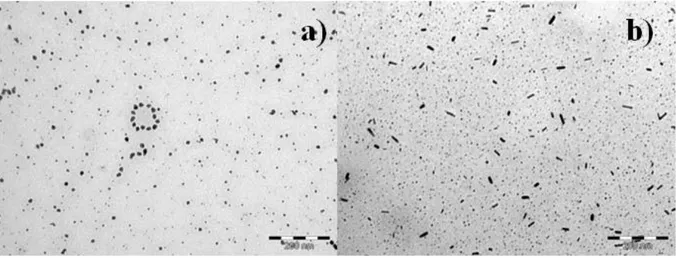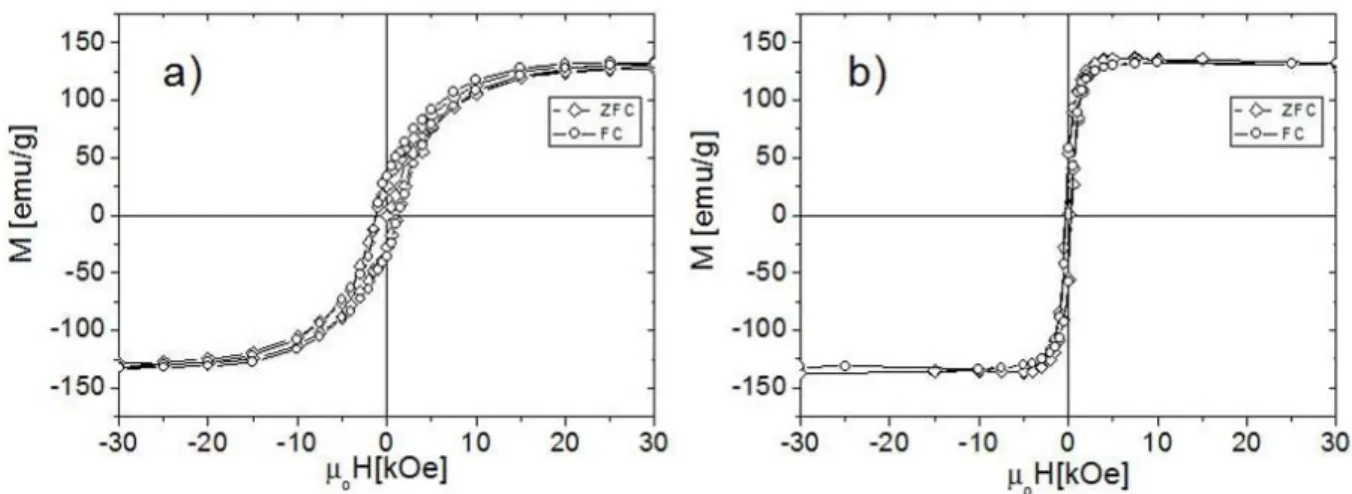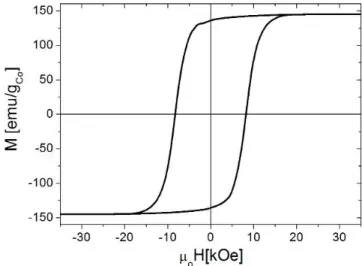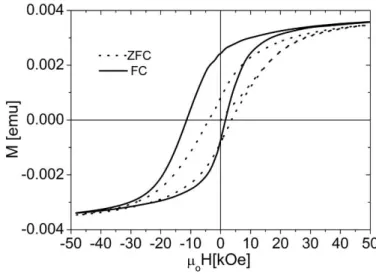In Situ and Ex Situ Syntheses of Magnetic Liquid Crystalline Materials: A Comparison
Texte intégral
Figure




Documents relatifs
They provide a pure state quantization of the phase space R 2N endowed with a magnetic symplectic
We start by briefly reviewing the geometry of the classical system with a variable magnetic field [23, 28], the structure of the twisted (magnetic) calculus [13, 16, 22, 25, 29] and
L’archive ouverte pluridisciplinaire HAL, est destinée au dépôt et à la diffusion de documents scientifiques de niveau recherche, publiés ou non, émanant des
thermal conductivity. The time constant, which will be studied in part II, are large compared to the thermal ones, especially in thick films. - The critical field varies
the initial preparation of the distorted state... In figure 10, we see that the decay behavior obeys an exponential law over the complete time scale and allows an
Precise measurements of the Kerr effect [6, 9] and magnetic birefringence [6, 7] in the isotropic phase of. some nematic substances have been
These results are extended in order to take into account strong- coupling effects and we show how measurements under a magnetic field may provide information
Figure 1 shows the relation between the molecular orientation angle cp M in the midplane and the magnetic field strength H, where <p 0 is the pretilt angle of nematic





